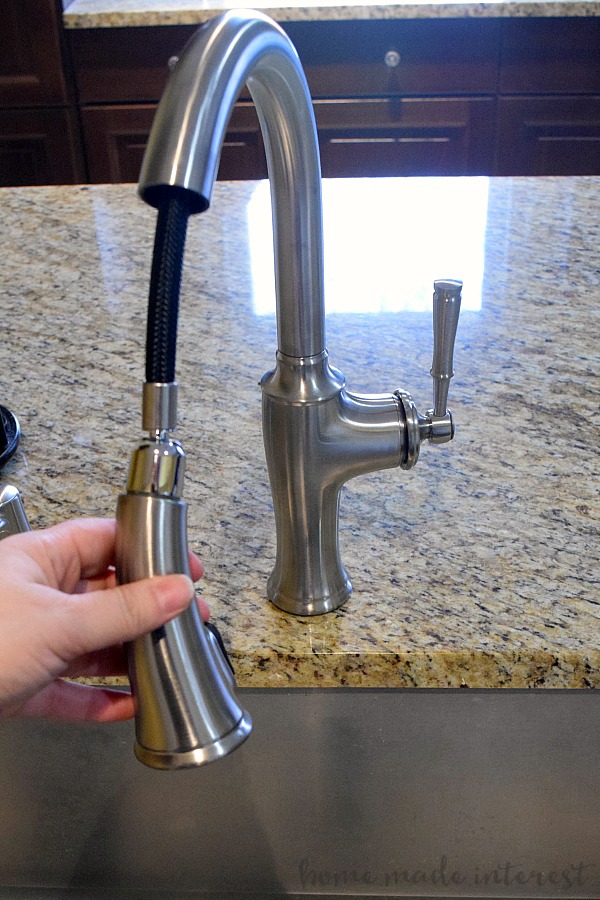How to Clean a Faucet Aerator
A faucet aerator is a small but essential part of your kitchen sink hose that helps conserve water and control the flow of water. Over time, these aerators can become clogged with mineral deposits and debris, causing the water flow to become weak and inconsistent. Fortunately, cleaning a faucet aerator is a simple and easy task that you can do yourself. Follow these steps to clean your kitchen sink hose aerator and restore its water flow.
How to Clean a Faucet Aerator Screen
The aerator screen is the small mesh filter found inside the faucet aerator. This screen is responsible for filtering out any debris or sediment from the water before it flows out of the faucet. When this screen becomes clogged, it can significantly affect the water flow and pressure. To clean the aerator screen, follow these steps:
Step 1: Remove the aerator from the end of the kitchen sink hose. If it is stuck, use a pair of pliers to loosen it.
Step 2: Use a small brush or toothbrush to gently scrub the aerator screen. If there is tough buildup, you can soak the aerator in vinegar for a few hours before scrubbing.
Step 3: Rinse the aerator screen with water and reattach it to the aerator.
Step 4: Reattach the aerator to the end of the kitchen sink hose. Turn on the water to check if the water flow has improved.
How to Unclog a Kitchen Sink Hose
If your kitchen sink hose is clogged and not just the aerator, you may need to use a plunger or drain snake to remove the blockage. Follow these steps to unclog your kitchen sink hose:
Step 1: Fill the sink with a few inches of water to create a seal around the plunger.
Step 2: Place the plunger over the drain and plunge up and down several times to loosen the clog.
Step 3: If the plunger does not work, use a drain snake to remove the clog. Insert the snake into the drain and twist it to break up and remove any debris or buildup.
Step 4: Once the clog is removed, run hot water down the drain to ensure it is completely clear.
How to Prevent Kitchen Sink Hose Clogs
Prevention is always better than having to deal with a clogged kitchen sink hose. Here are a few tips to help prevent clogs:
Use a sink strainer: A sink strainer can help catch any food particles or debris before they go down the drain and cause a clog.
Avoid pouring grease down the drain: Grease can solidify and cause clogs in your kitchen sink hose. Instead, pour it into a container and dispose of it in the trash.
Run hot water after use: Running hot water down the drain after each use can help prevent any buildup from solidifying and causing a clog.
How to Replace a Kitchen Sink Hose Aerator
If your aerator is damaged beyond repair or has been lost, you may need to replace it. Here's how:
Step 1: Purchase a new aerator that is the same size and type as the old one.
Step 2: Remove the old aerator from the end of the kitchen sink hose.
Step 3: Place the new aerator on the kitchen sink hose and tighten it with your hands.
Step 4: Turn on the water to test the new aerator's water flow and pressure.
Why is My Kitchen Sink Hose Aerator Screen Getting Clogged?
The most common reason for a kitchen sink hose aerator screen to get clogged is mineral deposits. These deposits can build up over time and block the mesh filter, affecting the water flow and pressure. Other reasons for clogs can be food particles, grease, or debris that have gone down the drain. It's essential to clean your aerator regularly to prevent these clogs from happening.
How to Remove and Clean a Kitchen Sink Hose Aerator Screen
If your aerator is severely clogged and needs a deep clean, you can remove the aerator screen and soak it in vinegar for a few hours. Here's how:
Step 1: Remove the aerator from the end of the kitchen sink hose.
Step 2: Use a pair of pliers to remove the aerator screen from the aerator.
Step 3: Soak the aerator screen in vinegar for a few hours to dissolve any mineral deposits or buildup.
Step 4: Scrub the aerator screen with a small brush or toothbrush to remove any remaining debris.
Step 5: Rinse the aerator screen with water and reattach it to the aerator.
Step 6: Reattach the aerator to the end of the kitchen sink hose and turn on the water to check the water flow and pressure.
How to Use a Plunger to Unclog a Kitchen Sink Hose
If your kitchen sink hose is clogged, using a plunger can help remove the blockage. Here's how:
Step 1: Fill the sink with a few inches of water to create a seal around the plunger.
Step 2: Place the plunger over the drain and plunge up and down several times to loosen the clog.
Step 3: If the plunger does not work, try using a drain snake to remove the clog.
How to Use a Drain Snake to Unclog a Kitchen Sink Hose
If the plunger does not work to unclog your kitchen sink hose, a drain snake is another effective tool. Here's how to use it:
Step 1: Insert the drain snake into the drain and twist it to break up and remove any debris or buildup.
Step 2: Once the clog is loosened, run hot water down the drain to flush out any remaining debris.
Step 3: Repeat the process if necessary until the drain is completely clear.
How to Install a Kitchen Sink Hose Aerator Screen
If you have removed the aerator screen for cleaning and need to reinstall it, follow these steps:
Step 1: Place the aerator screen back into the aerator.
Step 2: Use a pair of pliers to tighten the aerator screen into the aerator.
Step 3: Reattach the aerator to the end of the kitchen sink hose and turn on the water to check the water flow and pressure.
The Importance of Kitchen Sink Hose Aerator Screens in Maintaining a Clean and Efficient Kitchen
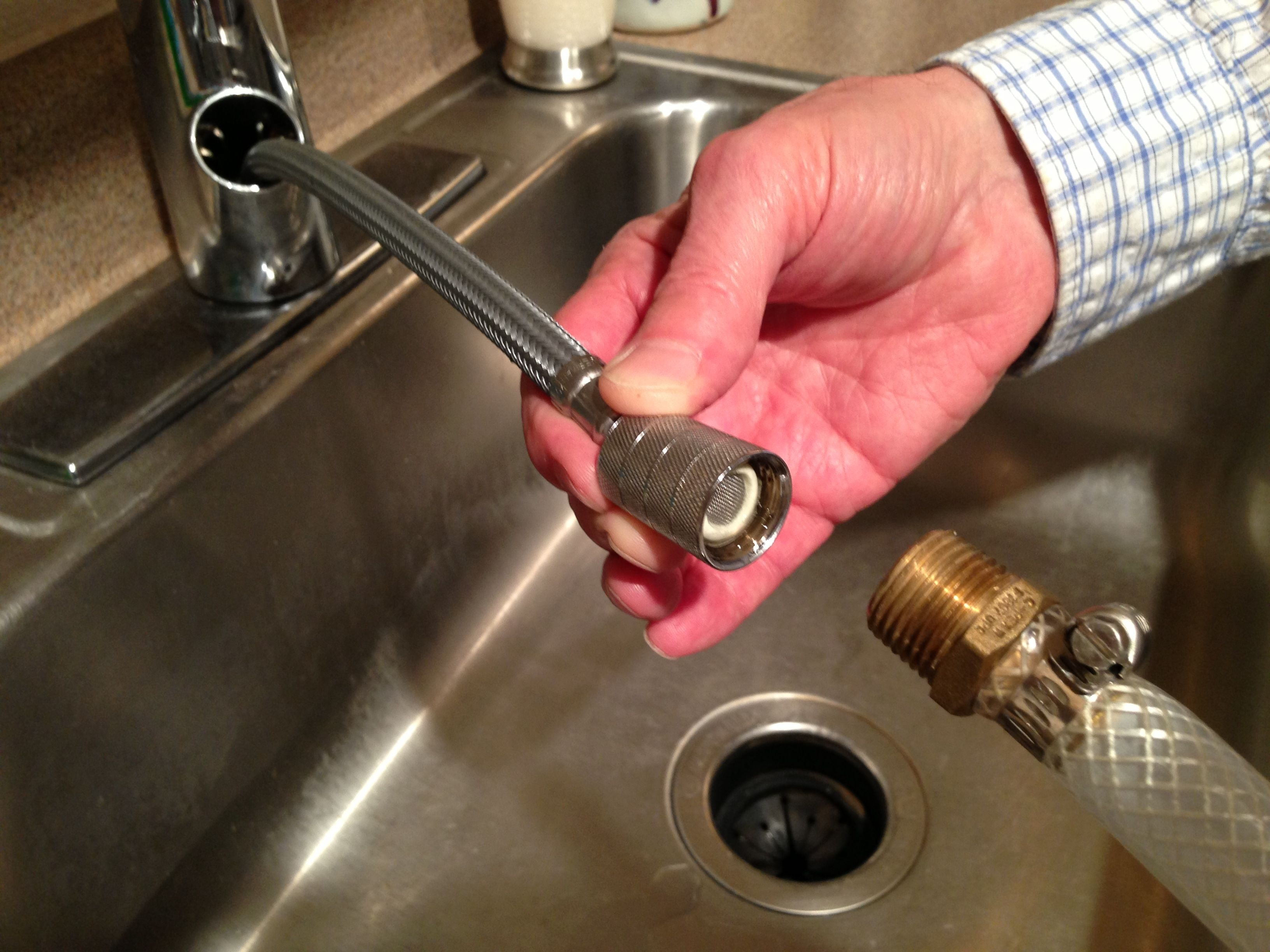
What is a Kitchen Sink Hose Aerator Screen?
/cleaning-the-aerator-from-deposits--the-girl-hand-washes-a-dirty-limestone-aerator-with-water-1126244919-72868100964f42d5aa564a928371fea5.jpg) A kitchen sink hose aerator screen is a small mesh filter that fits onto the end of your kitchen sink's faucet. Its purpose is to reduce splashing and conserve water by adding air to the water flow. It also helps to prevent debris, such as food particles, from clogging your sink's pipes.
A kitchen sink hose aerator screen is a small mesh filter that fits onto the end of your kitchen sink's faucet. Its purpose is to reduce splashing and conserve water by adding air to the water flow. It also helps to prevent debris, such as food particles, from clogging your sink's pipes.
Why Does the Aerator Screen Get Clogged Frequently?
 One of the main reasons the kitchen sink hose aerator screen gets clogged frequently is due to the accumulation of mineral deposits from hard water. These deposits can build up over time and restrict the water flow, making it difficult to wash dishes or fill up a pot. Another common cause of clogging is the presence of food particles and other debris that get caught in the mesh screen.
One of the main reasons the kitchen sink hose aerator screen gets clogged frequently is due to the accumulation of mineral deposits from hard water. These deposits can build up over time and restrict the water flow, making it difficult to wash dishes or fill up a pot. Another common cause of clogging is the presence of food particles and other debris that get caught in the mesh screen.
The Dangers of a Clogged Aerator Screen
 A clogged kitchen sink hose aerator screen may seem like a minor inconvenience, but it can actually lead to bigger problems in your kitchen. When the water flow is restricted, it puts extra strain on your sink's pipes, which can eventually lead to leaks or even burst pipes. Additionally, a clogged aerator screen can affect the efficiency of your dishwasher and other kitchen appliances that require a steady water flow.
A clogged kitchen sink hose aerator screen may seem like a minor inconvenience, but it can actually lead to bigger problems in your kitchen. When the water flow is restricted, it puts extra strain on your sink's pipes, which can eventually lead to leaks or even burst pipes. Additionally, a clogged aerator screen can affect the efficiency of your dishwasher and other kitchen appliances that require a steady water flow.
Preventing Clogs in Your Kitchen Sink Hose Aerator Screen
:max_bytes(150000):strip_icc()/clearing-a-blocked-faucet-aerator-2718807-07-b5a90554991f4bb69efb45a472df7f23.jpg) To prevent frequent clogging of your kitchen sink hose aerator screen, it is important to clean it regularly. This can be done by unscrewing the aerator screen from the faucet and soaking it in a solution of equal parts water and vinegar for a few hours. After soaking, use a toothbrush to gently scrub away any remaining debris and rinse thoroughly before reattaching it to the faucet.
Investing in a high-quality water softener
can also help reduce mineral deposits and prolong the lifespan of your aerator screen. Additionally,
properly disposing of food waste
and using a sink strainer can prevent food particles from clogging the screen.
In conclusion, a clean and efficient kitchen starts with maintaining a clear and functioning kitchen sink hose aerator screen. By understanding the importance of this small yet vital component and taking the necessary steps to prevent clogging, you can ensure a smoothly running kitchen for years to come.
To prevent frequent clogging of your kitchen sink hose aerator screen, it is important to clean it regularly. This can be done by unscrewing the aerator screen from the faucet and soaking it in a solution of equal parts water and vinegar for a few hours. After soaking, use a toothbrush to gently scrub away any remaining debris and rinse thoroughly before reattaching it to the faucet.
Investing in a high-quality water softener
can also help reduce mineral deposits and prolong the lifespan of your aerator screen. Additionally,
properly disposing of food waste
and using a sink strainer can prevent food particles from clogging the screen.
In conclusion, a clean and efficient kitchen starts with maintaining a clear and functioning kitchen sink hose aerator screen. By understanding the importance of this small yet vital component and taking the necessary steps to prevent clogging, you can ensure a smoothly running kitchen for years to come.
:max_bytes(150000):strip_icc()/ac4-56a73c595f9b58b7d0e8182e.jpg)


/RemovingAeratorAssembly-99881d30169b43cebc3fe72f6d4b25b9.jpg)
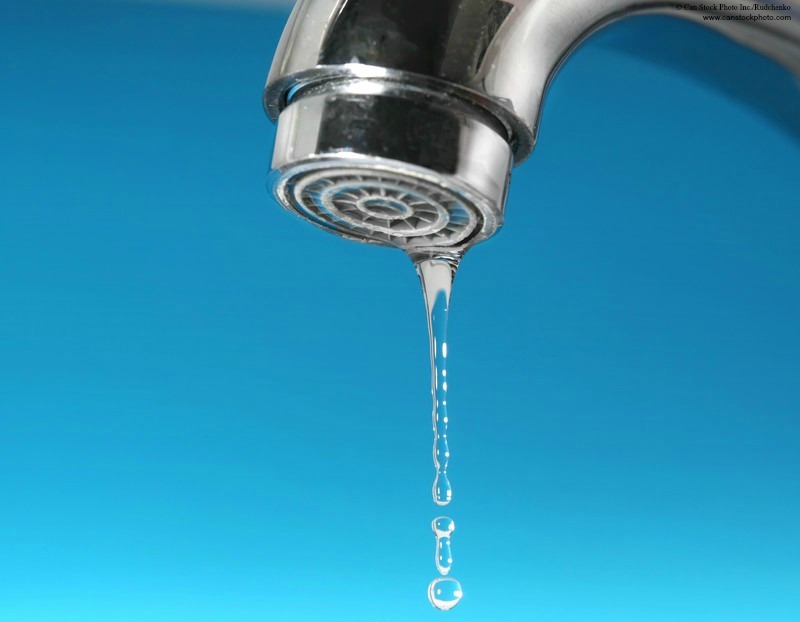

:max_bytes(150000):strip_icc()/removing-a-faucet-aerator-2718836-02-9280a2c1a07f448c9d4f1f1511f84446.jpg)
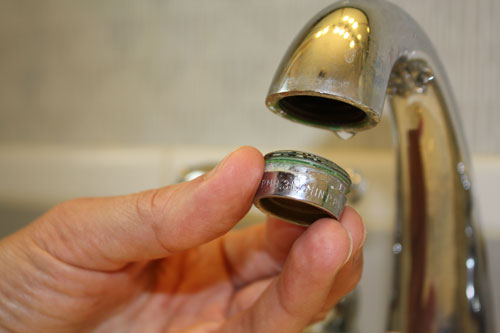

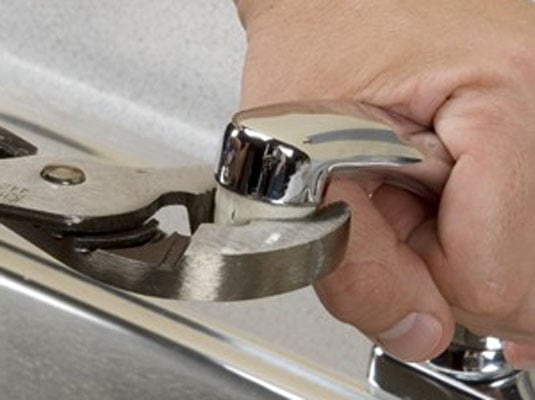

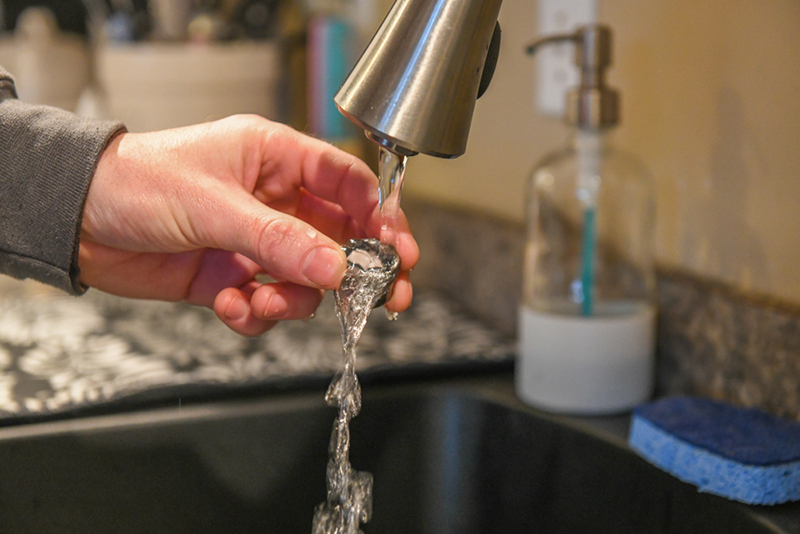
:max_bytes(150000):strip_icc()/ac2-56a73c5c5f9b58b7d0e81846.jpg)
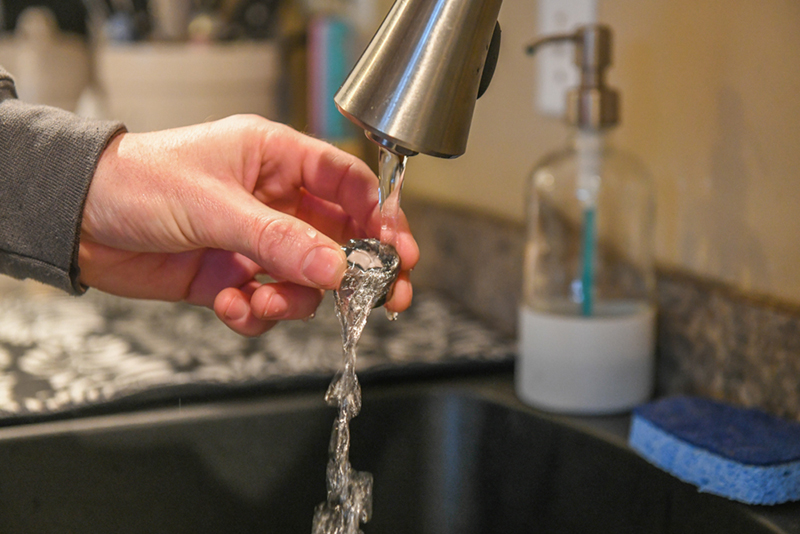
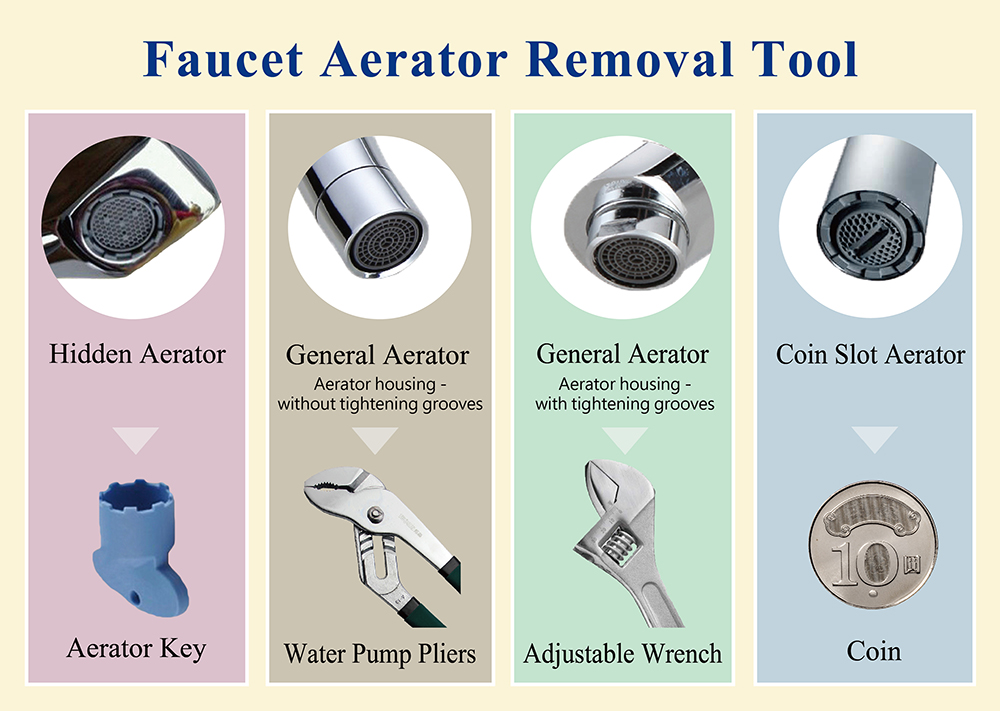










:max_bytes(150000):strip_icc()/how-to-unclog-a-kitchen-sink-2718799_sketch_FINAL-8c5caa805a69493ab22dfb537c72a1b7.png)

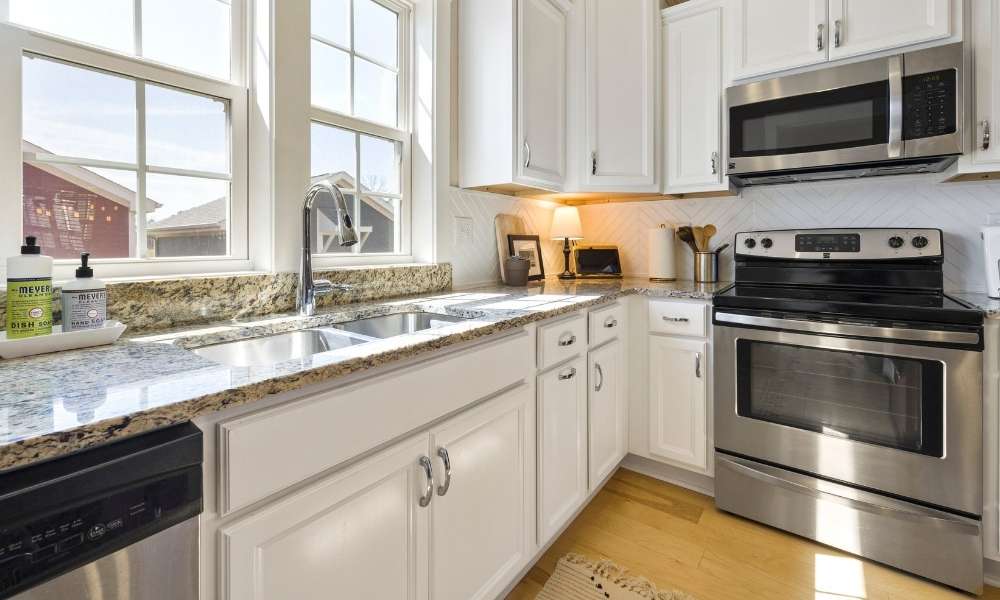
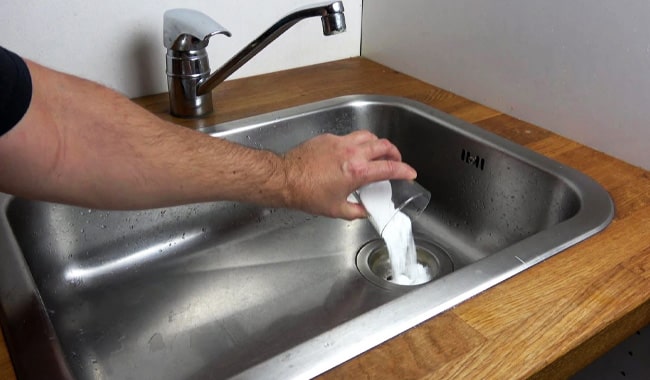





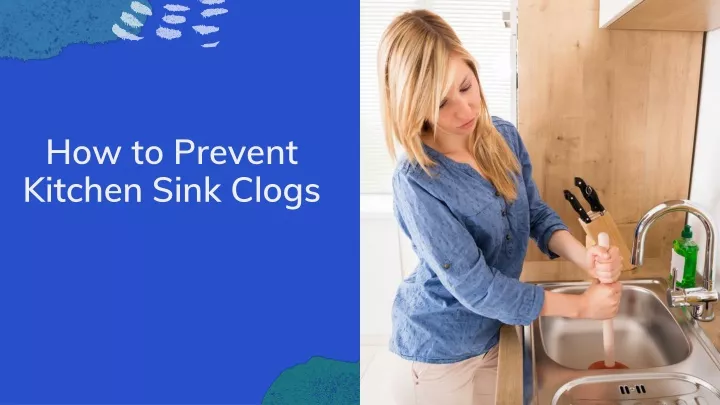

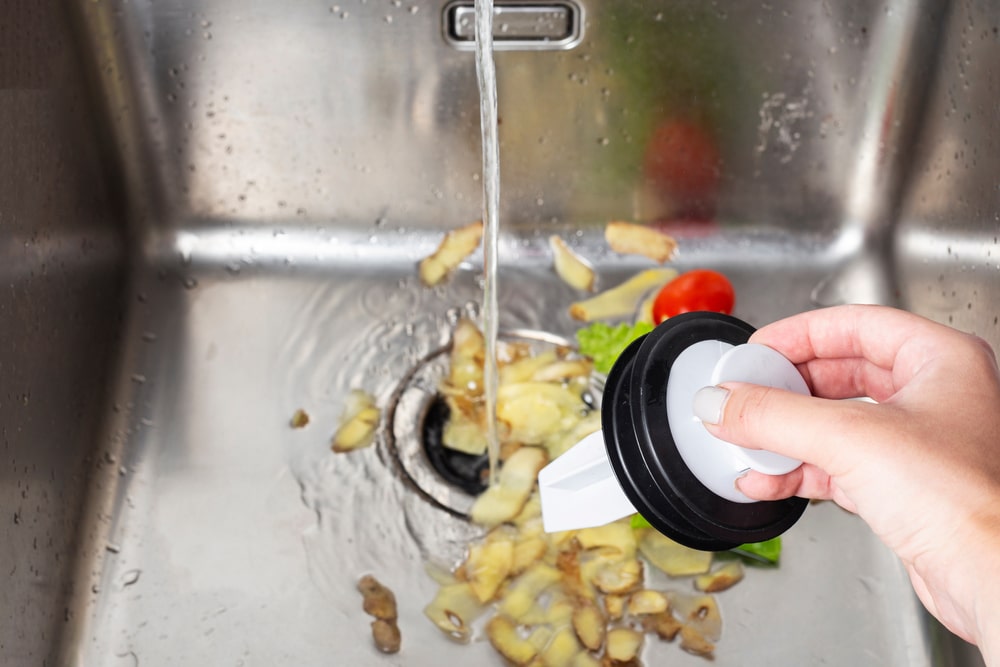




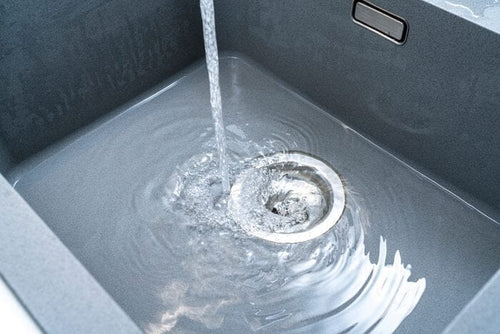
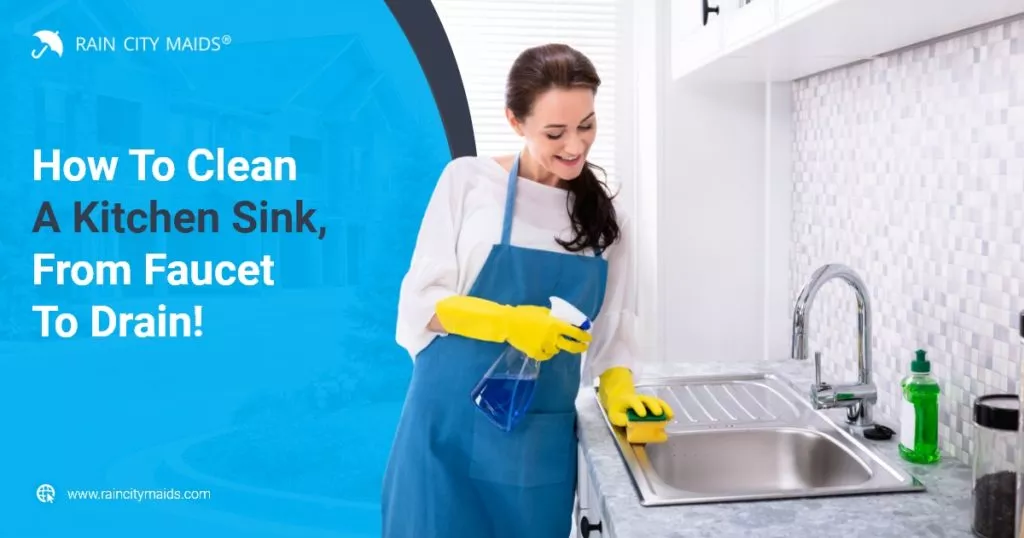


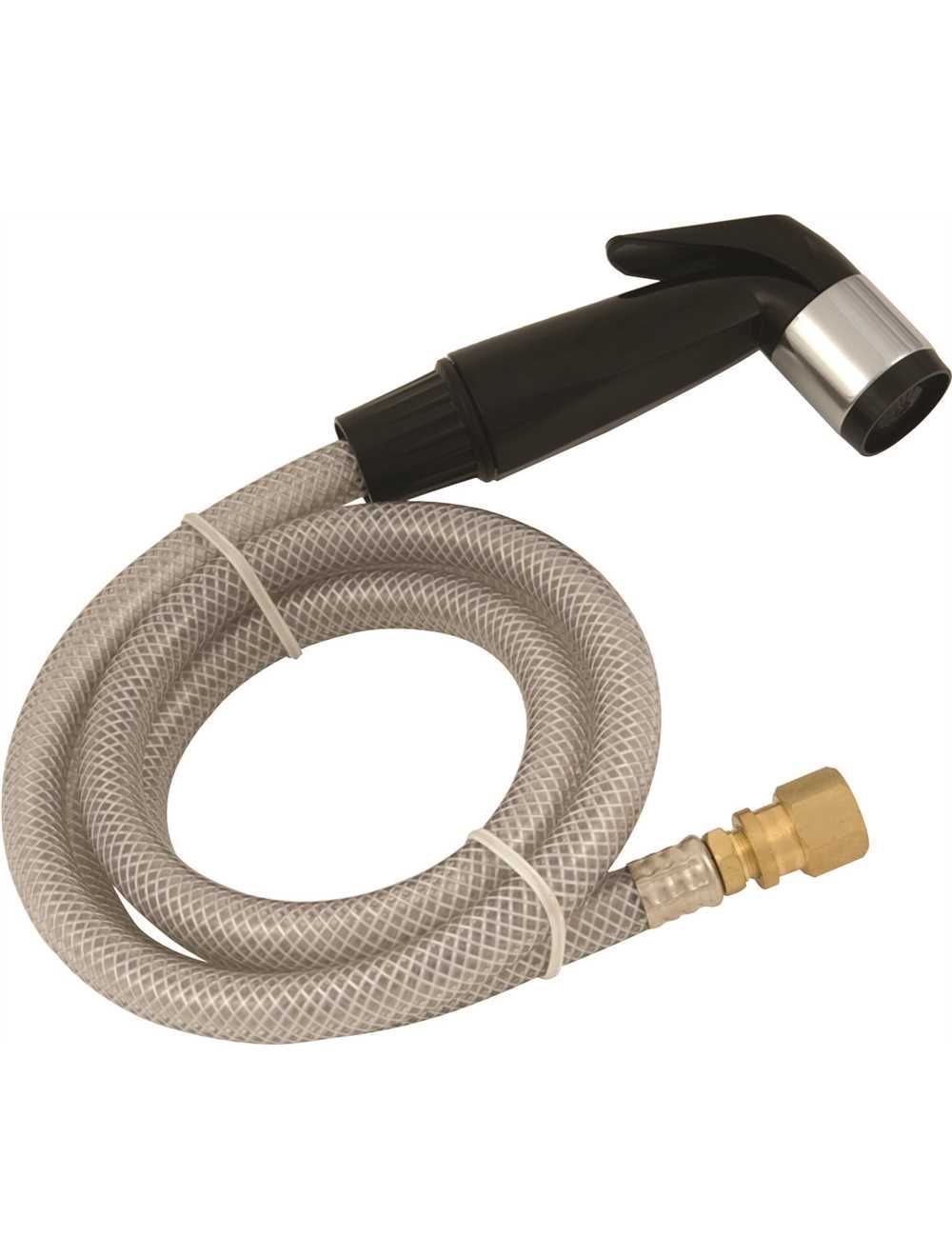
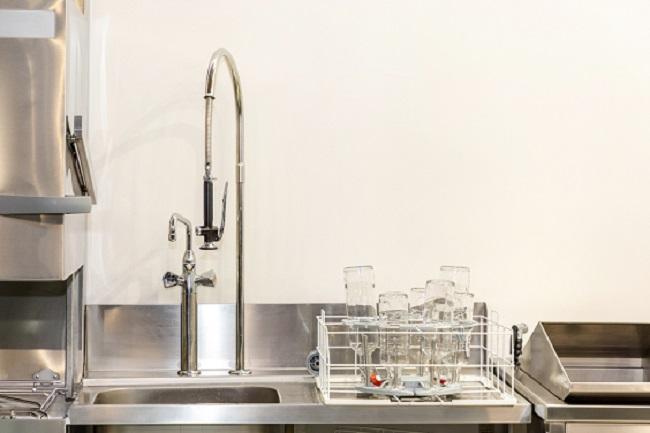











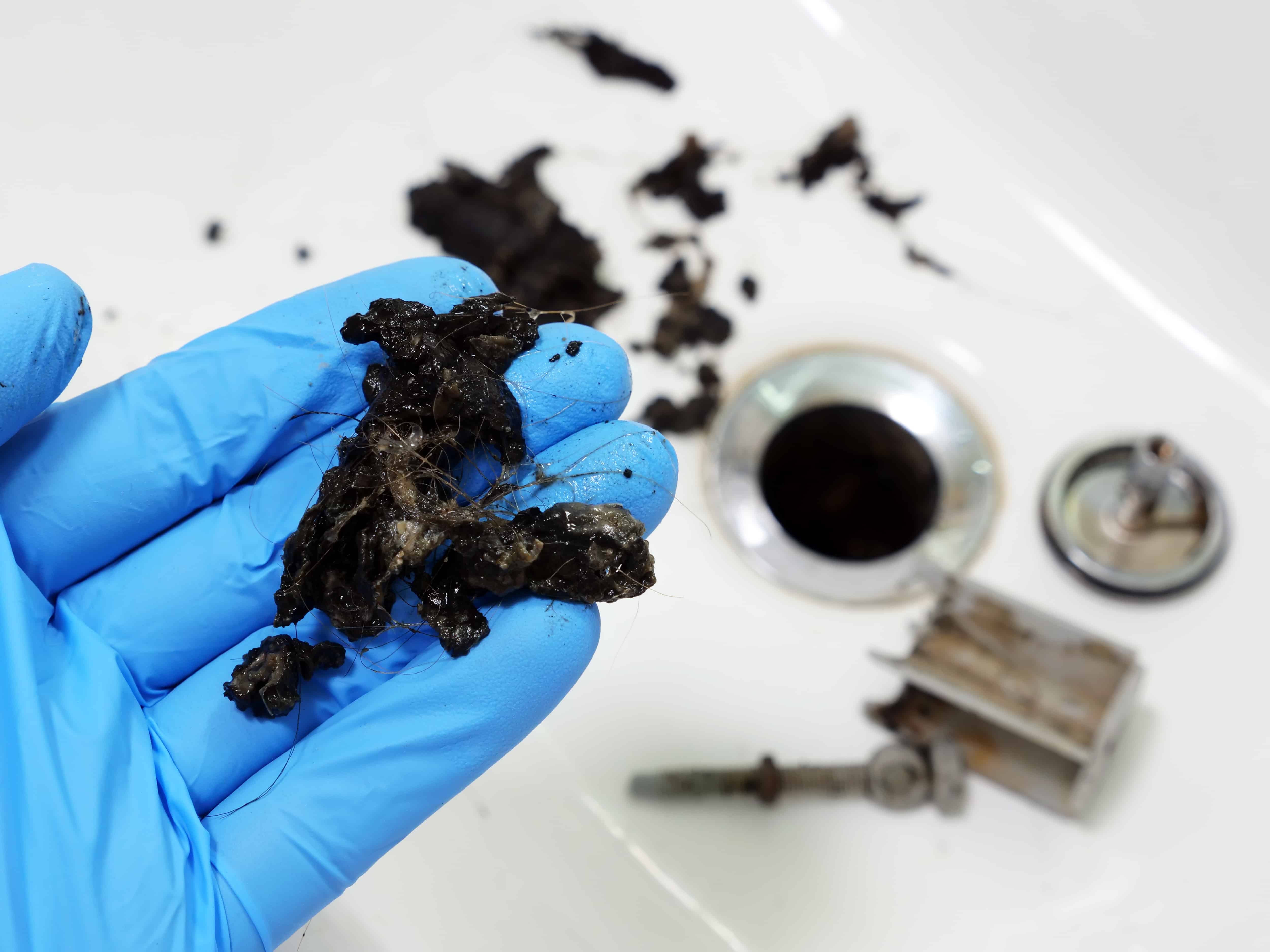
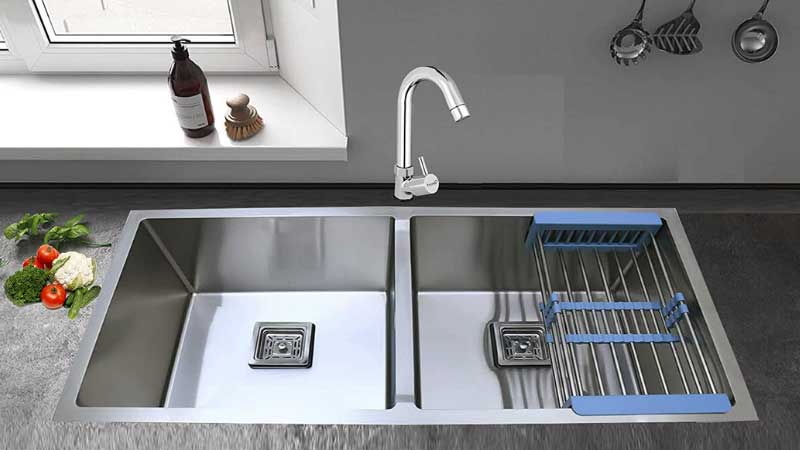

:max_bytes(150000):strip_icc()/how-to-clean-a-stinky-drain-5207454-hero-9d4668b2d4f94166b0d1908a9a8e0dbb.jpg)



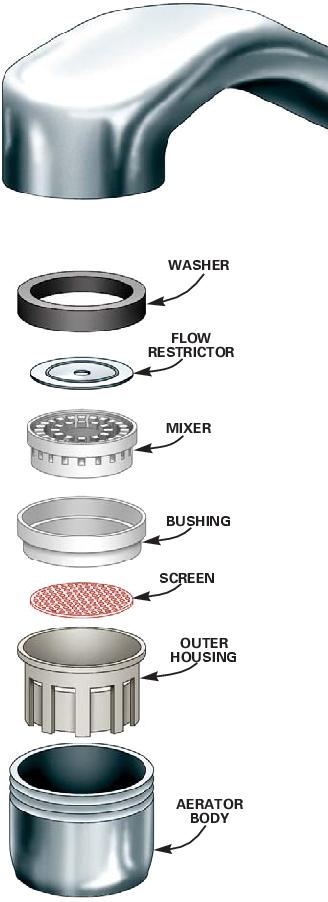

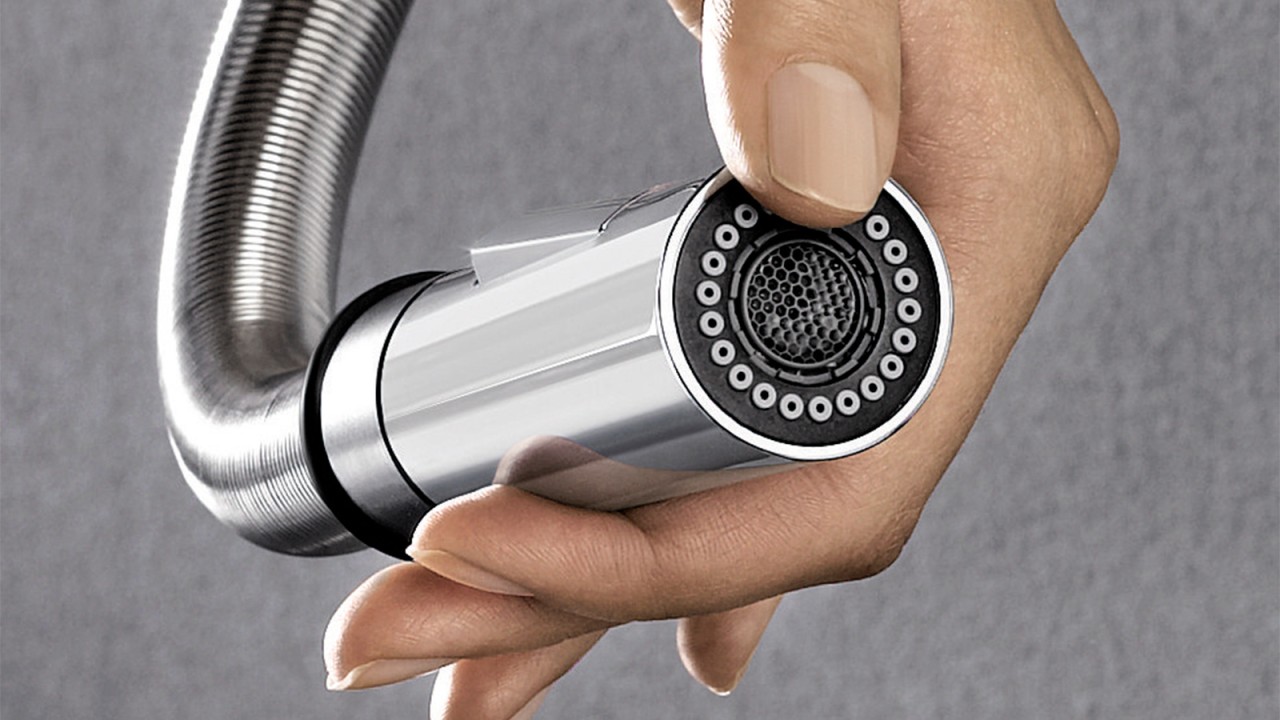







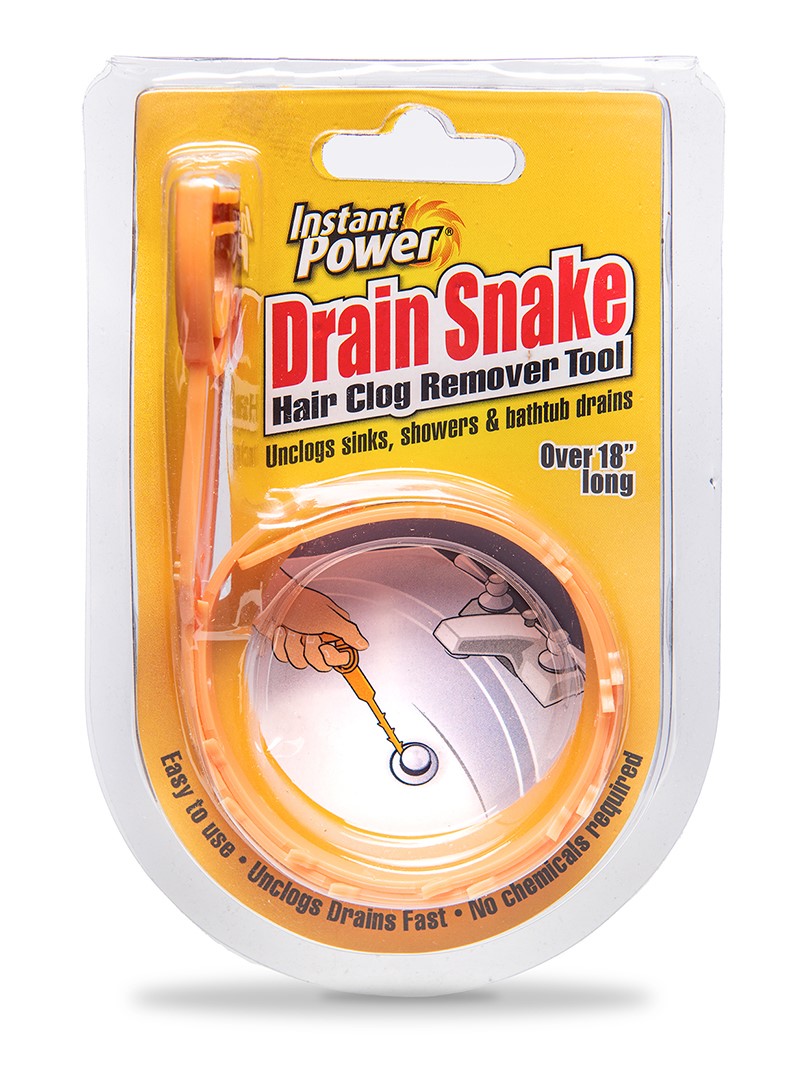

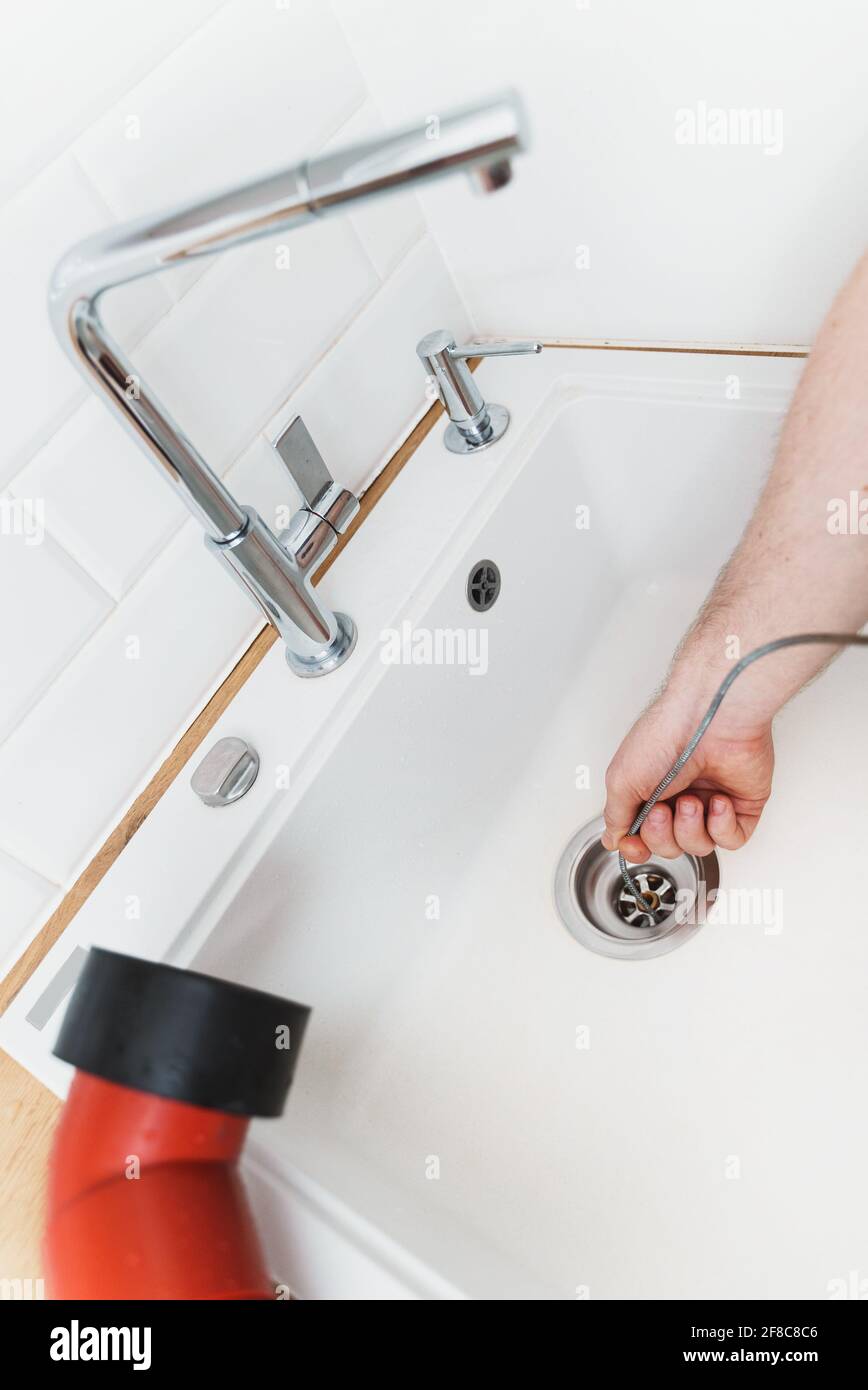



:max_bytes(150000):strip_icc()/freshen-and-unclog-drain-with-baking-soda-1900466-18-1a5b5da01939471ca8f8823865bd1ce8.jpg)





